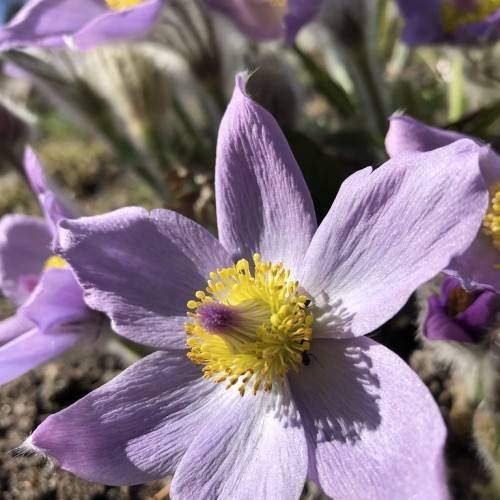
pasque flower
Pulsatilla vulgaris
Cycle:
Herbaceous Perennial
Watering:
Average
Hardiness Zone:
4 - 8
Flowers:
Flowers
Sun:
Full sun,part shade
Leaf:
Yes
Growth Rate:
Low
Maintenance:
Low
Care Level:
Medium
watering
For optimal growth of pasque flowers, water moderately and evenly, providing the soil with 1–2 inches of water per week. Be sure not to over water, as the roots can easily become waterlogged and rot. During the spring and summer months when pasque flowers are actively growing, water more frequently. You may need to water as often as 3 times per week. During the cooler and drier fall and winter months, cut back on watering and only water when the soil begins to feel dry. To ensure healthy growth, mulch the soil around the plants to help retain moisture.
sunlight
Pasque flower (Pulsatilla vulgaris) is a species of flowering plant that is native to Europe and Asia. It prefers full sun to partial shade and should be exposed to at least 4 hours of direct sunlight each day. However, direct sunlight for longer hours can burn the flowers and cause them to die prematurely. If grown in predominantly sunny conditions, these flowers should be grown in a semi-shaded area with dappled sunlight. The ideal time of day for pasque flower to receive sunlight is in the morning and late afternoon, when the sun is not at its strongest.
pruning
Pasque flower (Pulsatilla vulgaris) should be pruned in early to mid-spring. This species of plant will only need light pruning to remove dead stems and any diseased or dying leaves or stems. Pruning more than 15-20% of the plant at 1 time should not be done as this could be fatal. Additionally, it is best to leave the seed pods on the plant until they naturally dry out, ensuring that another generation of plants can grow.
